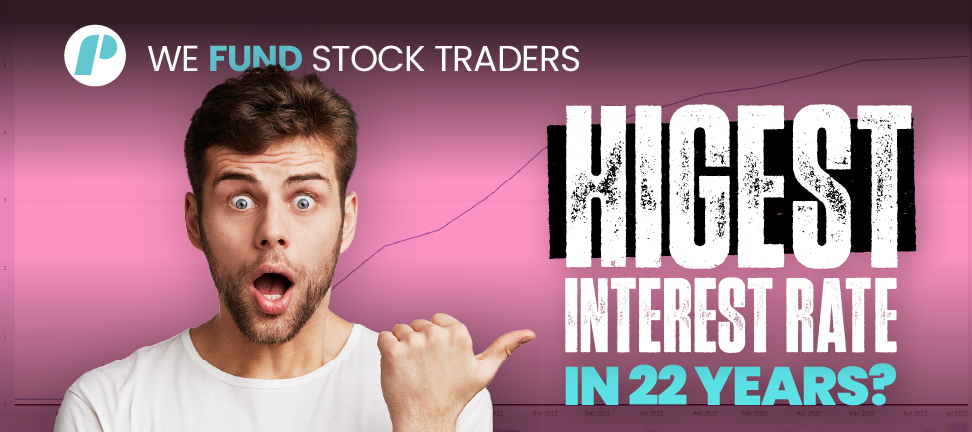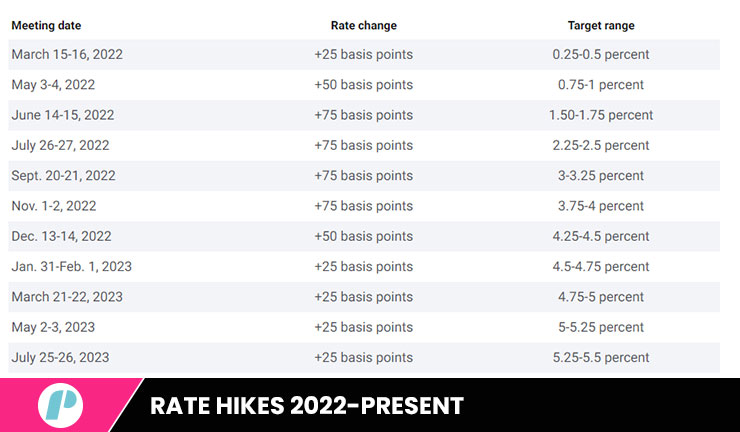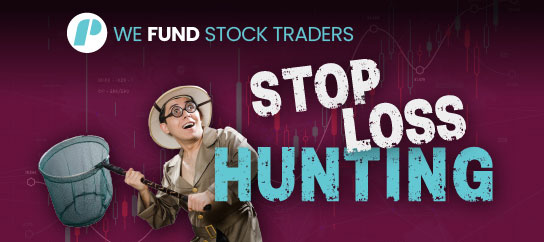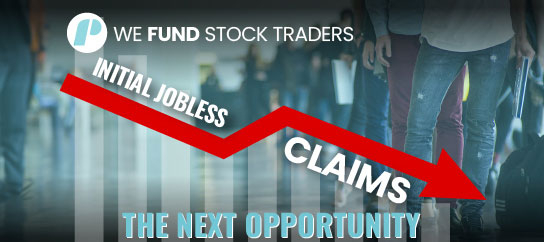
Introduction
In the United States, interest rates are predominantly determined by the Federal Reserve.
The FED uses monetary policy tools to maximize employment and stabilize the Dollar mainly by controlling the interest rate (to learn more about the Fed, take a look at FOMC).
On Wednesday 26th of July this year, in its effort to bring inflation down to the 2% target, the Fed raised the rate by another quarter of a percentage point to reach 5.5%, the highest interest rate in the US in 22 years.
It was the 11th rate hike since March 2022 and it follows a brief pause during the previous month to monitor the situation and evaluate the effects of the increases so far on inflation and on the economy.

Despite the seemingly falling inflation level, Jerome Powell, the FOMC president, justified this decision by explaining that, because employment remained very high and the economy very strong, there is still room for inflation to rise and spiral out of control. In other words, “stopping now could still be too risky”.
But what if the Fed were to misjudge the economy’s resilience and set the interest rate too high? What would happen then?
Let’s try and figure that out.
What risks would the economy face if the Fed was to raise interest rates too high?
As it is easy to imagine, if the FED were to raise interest rates excessively high, intentionally or unintentionally, it could have several profound effects on the US economy.
The first to come to mind, for example, are the following:
Impact on Borrowing and Investment
The very first thing that excessively high interest rates would directly impact is, of course, borrowing costs.
Having to pay high interest on their debts would immediately discourage individuals and businesses from taking out further loans or borrowing capital to finance new projects.
Higher borrowing costs would also reduce consumer spending and business investments, two of the most vital drivers of the Nation’s economic growth.
All in all, reduced investments would mean reduced expenditure and limited growth in productivity which, in turn, would lead to job losses.
Contraction in Overall Economic Activity
An increase in interest rates might lead to a contraction in overall economic activity (recession).
As we said, higher borrowing costs would reduce consumer spending (which accounts for a significant portion of the US economy) and a decline in consumer spending would affect various sectors with retail, hospitality, and leisure industries amongst the first in line.
Ultimately, businesses across these sectors (and not only) would experience much lower demand causing layoffs and, ultimately, business closures.
Effects on the Real Estate Market
The real estate sector is amongst the most sensitive to interest rate changes.
Higher interest rates would immediately increase mortgage rates and decrease affordability, negatively affecting potential homebuyers as well as homeowners with an existing mortgage. This would lead to a decline in demand for housing, and cause a slowdown in the construction industry.
Existing homeowners with adjustable-rate mortgages would be negatively affected too for they would face higher monthly payments, potentially leading to an increase in delinquencies and foreclosures.
Stock Market Volatility
As a trader, you’ll be particularly interested to know that Interest rates significantly impact stock market behavior.
When rates rise too high, investors tend to shift their investments from stocks to fixed-income securities. Dividend-paying stocks become relatively less attractive when bond yields increase whilst offering virtually no risks.
As investors reallocate their assets and switch from stock to bonds, the stock market may experience substantial volatility and a potential decline in equity prices (although this would not necessarily be a bad thing for short-sell traders looking for volatility and opportunities).
Exchange Rates and International Trade
Higher interest rates usually tend to attract foreign capital as investors seek higher returns for their investments. This capital inflow strengthens the Dollar and that can have unintended consequences for international trade. After all, a stronger dollar makes US exports more expensive for other Countries and often makes imported goods cheaper than the ones domestically produced. It’s easy to see how this can quickly lead to an extreme trade deficit with enormous damage to the domestic industries (especially those exporting their products and services abroad). Once again, this also would have detrimental effects on unemployment levels.
Impact on Government Debt
Interest rates too high would also significantly impact the US government’s ability to finance its debt. Higher borrowing costs would increase the interest payments on outstanding government debt and make further debt more expensive, potentially straining the federal budget. This situation would result in reduced government spending in other areas or additional borrowing, eventually leading to higher deficits and an even bigger “debt problem”.
So… with all that said, what is the threshold? What is the highest interest rate the American economy could cope with before a recession would be unavoidable?
To pinpoint an exact interest rate threshold that would guarantee a recession would be, at the very least, challenging.
Factors such as the health of the economy, existing debt levels, and government intervention make it difficult to provide a definitive answer. However, historical data can provide clues and help us to understand the relationship between interest rates and the potential resulting economic performance.
Data tells us that throughout history, interest rates rising above 6-8% have often been associated with economic slowdowns or recessions (let’s keep in mind the rate is currently at 5.5% and that it has been sitting at 0% for over a year and only up to just 16 months ago). However, it is also important to remember that each economic cycle is unique, and the US economy has demonstrated its resilience to periods of higher interest rates just like during this current one.
Determining the highest interest rate the US economy could cope with before recession becomes inevitable is a very complex task. The US economy’s ability to withstand higher interest rates depends on various interrelated factors. As interest rates rise, they have the potential to adversely affect consumer spending, business investments, and the housing market.
While historical patterns suggest an interest rate threshold for recession, it is essential to consider the dynamic and ever-changing nature of the economy.
And what about Businesses? Is it possible to predict the highest interest rates each company could cope with before “getting in trouble” and seeing the price of its stock crashing?
Well, I’m guessing that’s the next question that a trader would want to ask.
The short answer is… “That would also be a very complicated task but there are ways”. A common one is to monitor the Debt to Equity Ratio (D/E Ratio) of the underlying companies of the stock you intend to trade.
We will talk about Debt to Equity Ratio in more detail in another article since its relevance increases step by step with the increase of the interest rate.
Summary
The Federal Reserve’s recent decision to raise interest rates to 5.5%, the highest in over two decades, reflects their aim to control inflation and ensure economic stability. While inflation is easing, the move seeks to maintain employment and prevent potential economic downturns. However, excessive rate hikes could discourage borrowing and investment, impacting sectors like retail and real estate. Stock markets might become more volatile, and a stronger Dollar could harm international trade. Government debt management could also be challenged. While historical trends suggest a recession threshold around 6-8%, pinpointing an exact limit is complex due to the dynamic economy. Businesses’ vulnerability varies, with the Debt to Equity Ratio a key indicator. Striking the right balance in rate adjustments remains vital to avoid unintended consequences and sustain economic health.
Hope this helped;
Now, go get your pips, traders!
If you liked this post make sure to share it!





